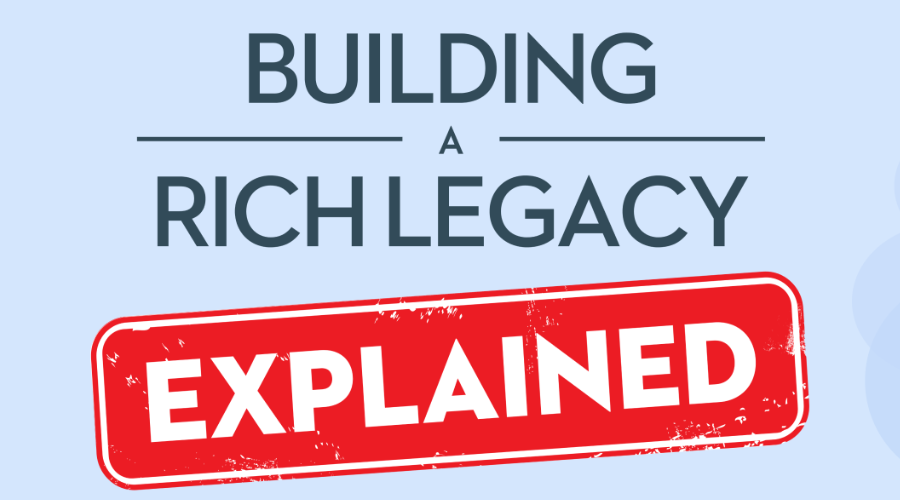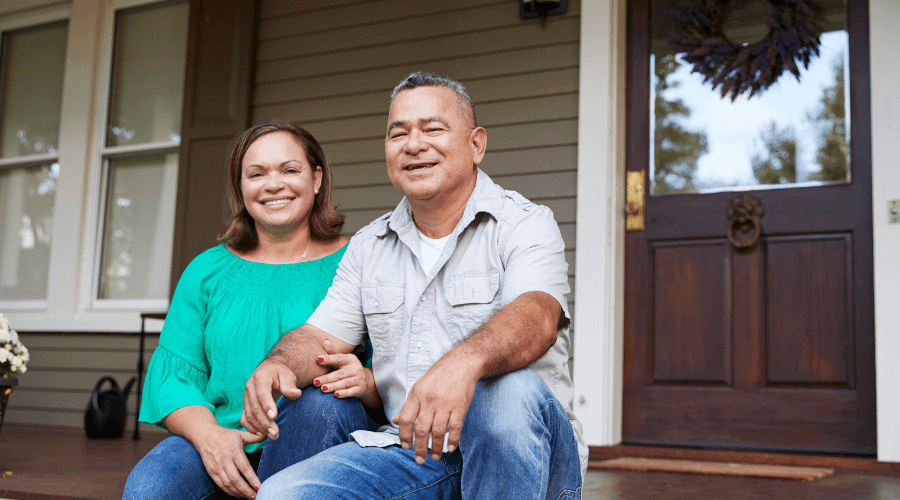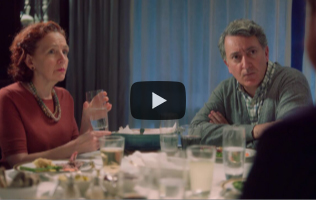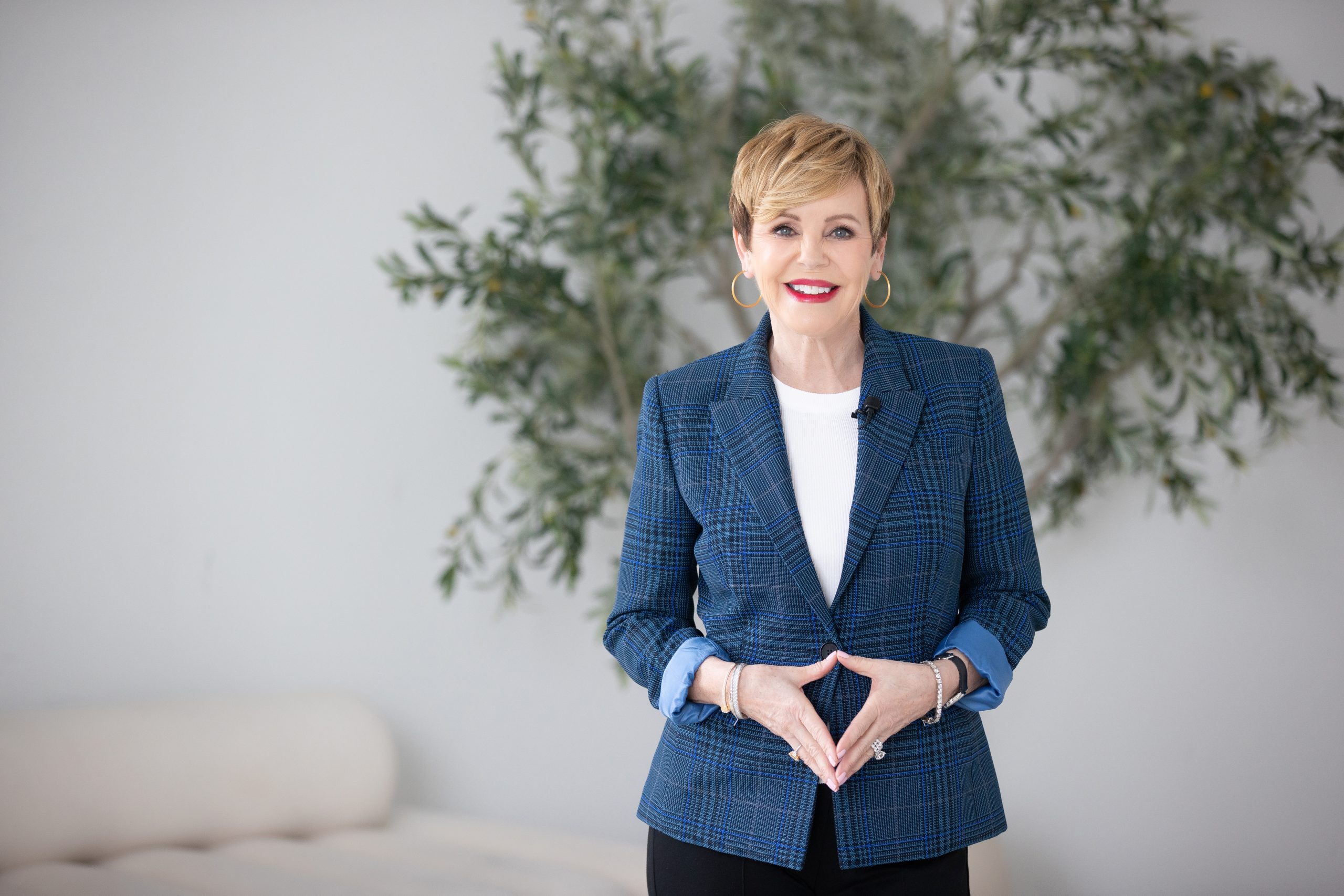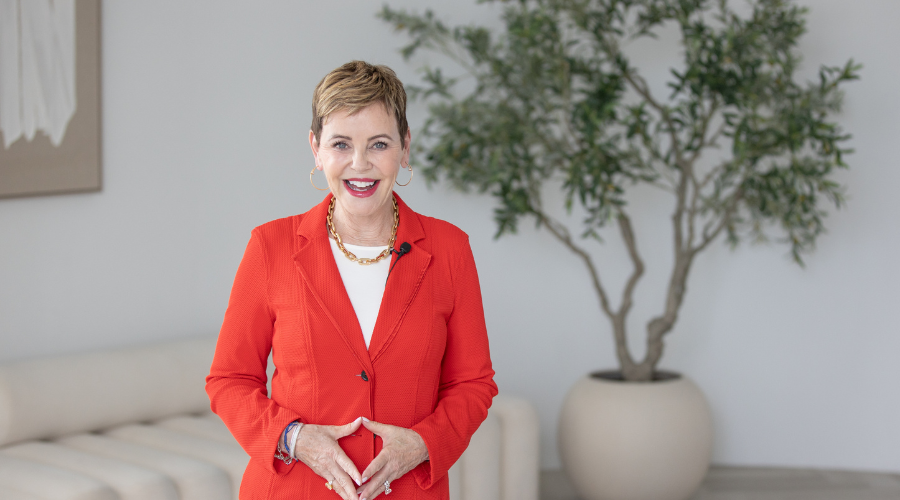By Hayley Vesh
Hayley is a writer in the personal finance space, where she’s reported on topics including mortgages, home and auto insurance, and credit cards.
Often, Canadian homeowners age 55+ sit on a substantial amount of home equity — the difference between the current value of their home and the balance owing on the mortgage.
As a property appreciates, equity grows. And Canadians saw their property values skyrocket over the past few years. For instance, in the second quarter of 2022, the average national home price was $815,000, a 12.1% year-over-year increase. According to RE/MAX Canada, Greater Toronto Area home prices alone have grown by more than 450% since 1996.
Homeowners who bought a property a decade or two ago are likely still sitting on a significant return on their investment.
This equity, however, is tied to a very important asset: your home. Fortunately, mature homeowners looking to access these funds to use them for home repairs, consolidate debt, aid their family, supplement their income, or for anything else they want can do so without selling their properties. Here are three options available for mature homeowners in Canada to borrow a percentage of their home equity including a reverse mortgage, mortgage refinancing, or a home equity line of credit (HELOC).
Reverse Mortgage
This option is available only to Canadian homeowners 55+ whose property is their primary residence.
What is a reverse mortgage?
A reverse mortgage allows homeowners (Canadians age 55+) to access up to 55% of their home’s current value while retaining ownership of their property. The lender converts the loan into tax-free cash and distributes it via a lump-sum deposit, in regularly scheduled monthly or quarterly deposits. Alternatively, homeowners can access a portion of the funds at a later time.
The reverse mortgage loan doesn’t need to be repaid until the homeowner moves or sells their home. The funds don’t affect government benefits including Canada Pension Plan (CPP) or Old-Age Security (OAS). Unlike a traditional mortgage, a reverse mortgage requires no regular monthly mortgage payments, not even the interest.
Top considerations for a reverse mortgage
- The amount of home equity you can borrow depends on your age, the location of your home, and the home’s appraised value.
- You must pay off any outstanding loans secured against your home, such as a conventional mortgage or HELOC, with the funds you receive from your reverse mortgage. You can use the remaining funds from the reverse mortgage any way you like.
- Reverse mortgages typically have higher interest rates than traditional mortgage loans since there are no monthly mortgage payments required. It is also easier to qualify for a reverse mortgage since income and credit score are not qualifying factors.
- A prepayment charge may apply if you choose to pay off your loan balance early, before the interest term ends.
- When you pass away, your estate is responsible for repaying the loan within a specific timeframe, typically between six months and one year.
Mortgage Refinancing
This financial solution is available to mature homeowners looking to access their home equity, secure a lower mortgage interest rate, or consolidate their debt.
What is mortgage refinancing?
Homeowners may refinance their conventional mortgage to borrow up to 80% of the home’s appraised value. They repay the loan in installments over the mortgage term.
When refinancing, homeowners are essentially applying for a new mortgage, which means they have to qualify again and may be subject to different terms and conditions.
Additionally, homeowners with an existing mortgage would have to break their mortgage contract to apply for refinancing. In many cases, this would result in prepayment charges.
Top considerations for mortgage financing
- Homeowners with an existing mortgage may have to pay a discharge fee to switch lenders.
- If the value of your home has gone down since you first got your mortgage, you may not have enough home equity to qualify for mortgage refinancing.
- Your loan-to-value ratio must be lower than 80% to refinance.
- Monthly mortgage payments are required.
Home equity line of credit (HELOC)
Homeowners can access a home equity line of credit (HELOC) as a standalone product or lock part of the HELOC into a regular mortgage.
What is a home equity line of credit?
A HELOC is a revolving credit product that is guaranteed by a home. Homeowners can use a standalone HELOC to access up to 65% of their home’s value. If combined with a regular mortgage, however, homeowners can borrow up to 80% of their home’s value.
At a minimum, HELOC holders must pay back the interest on the amount borrowed each month.
Top considerations for a home equity line of credit
- HELOC interest rates are variable, which means they fluctuate with the Bank of Canada’s interest rate decisions.
- Borrowers must be disciplined to pay back interest-only payments and avoid lingering debt.
- People with above-average debt levels may find getting approved for a HELOC challenging.
What are the associated fees for mortgage financing?
Like most financial products, there are associated costs for using the service. When getting mortgage financing, the fees may include:
- Appraisal fees
- Title search
- Title insurance
- Setup fee
- Legal fees
- Potential discharge fees or prepayment penalties
The lender may also require your credit score and other documentation in the approval process.
How to choose the right mortgage financing option for you
To determine your best solution, you can speak to a mortgage broker or lender. They’ll be able to guide you toward the financial product that suits your short-term or long-term needs and answer any questions that arise.
Here are a few examples:
- How might this decision affect my spouse or children?
- What are the potential risks?
- Are there any penalties or charges?
- Can I afford to make the monthly payments?
Be sure to consider all your options before deciding on the solution best suited for your situation.











